Since returning to Jèrri I have spent a great deal of time wandering around the west coast. There is something about the pulse and swell of the Atlantique, the ceaseless movement in the air, even on the calmest of days. It is here that I feel most connected to my familial roots. In my mind, L’Etacq is the epitome of my grandfather. L’Etacq - L’Êta - lé tas - the stack. A heap of rough Jersey granit carved from the rich, fertile land and seascape of the island’s north-west corner. Pops made his living carving L’Etacq stone (pièrre) and cultivating L’Etacq soil (tèrre) fertilised with seaweed (vrai) from the L’Etacq coast. When I stand in front of Faulkner Fisheries and look back at Le Grand Etacquerel, I swear I can see the form of his fedora carved into the rock.
Despite these countless walks and explorations I have, until now, been oblivious to the evidence of Jersey’s geological evolution that shouts from every crack and orifice. Lé tas, I learned on this year’s National Trust Walking Through Spring Festival with Nicky Mansell, was formed thousands of years ago by the tidal movements of a sea that was at a much higher level. The surrounding grey and black rockscape of softer sedimentary rock (rotchi) was easier to erode, although enough remains to be able to tell its own story of volcanic eruption and shifting earth.
Perhaps the most fascinating thing I learned is that Lé Pûlé doesn’t bother trying to hide its secrets. They are shamelessly on display for all who take the time to look and see. Vertical and diagonal fault lines in the rock betray millennia-old movements, while ribs and scars trace the ripples of water that once flowed across its surface. The crumbling headland, under the protection of a 150-year-old sea wall, stores its 200 million years of geological history in discernible layers. Then, of course, there is talk of the gated archway at St Ouen’s Manor (Lé Mangni d’St Ouën), which is framed with the bones of a dead sperm whale (baleine) dragged into and trapped within this cove three centuries ago.
When the sea draws back the sandy fabric that covers the bay (baie) around La Saline, as it has on the day of our walk, it is possible to walk amongst the trees (les bouais) that once stood there. Here I am reminded of the legend of the manor under the sea, the lost manor of La Brecquette, drowned half a century ago with the woods that surrounded it. Remnants of trunks and branches are entombed in soft, spongy peat that’s warm to the touch. But the squared edges of the salt-water pools that collect amongst this smoothed, fossilised forêt tell another story, a more recent tale of occupying forces far from home in need of warmth in a time when fuel and comfort were hard to come by. I think about this, then of Granny and Pops and the potatoes they cooked and left out on their doorstep for Russian slave workers, and the German boots that crushed them.
We climb up and over the Les Landes headland, taking care not to turn ankles or lose footing on the loose stones of the steep, gravely path. It’s low tide and when we pause to look across the bay from our high vantage point, we are able to see the criss-cross of nature’s pathways, where earthquakes have torn and shifted the rock in competing directions. This is in contrast to the cobbled man-made paths (c’mins) cut wide enough to fit a horse-drawn vraic cart (hèrnais à bèr). The buttery gorse stretches out around us in rich yellow flower as we skirt the edge of the model aircraft field with the whine of miniature plane engines swooping overhead.
We cross a wooden slatted bridge posted with warnings not to disturb this vital site for the western toads (Jersey crapauds) and agile frogs (raînottes) that breed here. Under our feet natural springs flow amongst the grasses and reeds that creep down a gash in the headland, a fissure in the rock that leads down to the sea. And at it’s base is the awesome Pinnacl’ye, standing sentinel, in rays of sunlight filtering through a lightly clouded sky and against a backdrop of calm, silken sea.
Lé Pinnacl’ye


